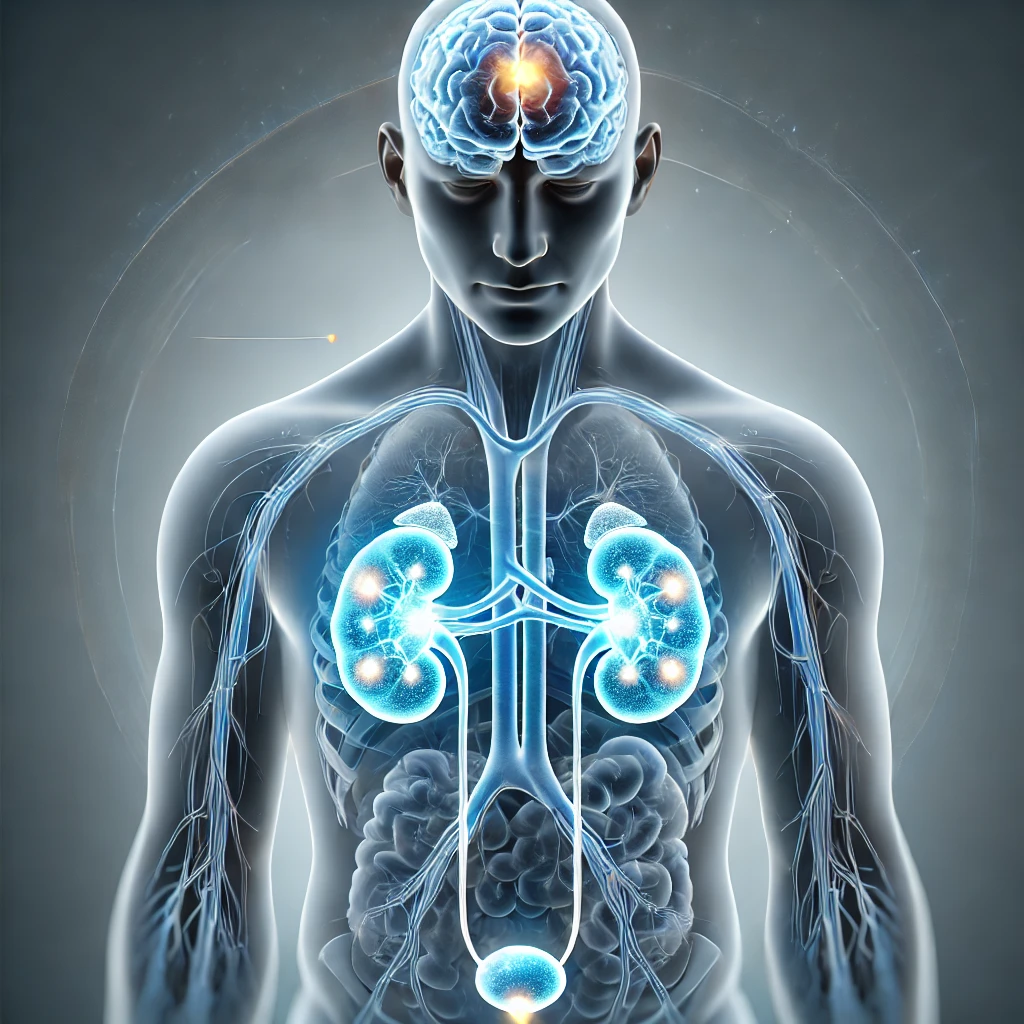
Diabetes insipidus (DI) is a rare condition that affects the body’s ability to regulate fluid balance, leading to excessive thirst and urination. Unlike diabetes mellitus, which involves high blood sugar levels, DI is caused by issues related to the hormone vasopressin, also known as antidiuretic hormone (ADH).
Hoechst Pakistan Limited, a prominent name in the pharmaceutical industry, is committed to raising awareness about rare diseases like diabetes insipidus. The company aims to improve the lives of patients suffering from endocrine disorders through advanced research and healthcare solutions.
What is Diabetes Insipidus?
Diabetes insipidus is a disorder characterized by the inability of the kidneys to conserve water. This results in an excessive production of diluted urine and a persistent feeling of thirst. The condition is primarily caused by problems with ADH, which regulates water balance in the body.
Types of Diabetes Insipidus
There are four main types of diabetes insipidus, each with different underlying causes:
- Central Diabetes Insipidus (CDI): This occurs due to a deficiency of ADH, often caused by damage to the hypothalamus or pituitary gland due to injury, surgery, infection, or genetic disorders.
- Nephrogenic Diabetes Insipidus (NDI): In this type, the kidneys fail to respond to ADH, leading to excessive water loss. Causes include genetic mutations, chronic kidney disease, and certain medications like lithium.
- Dipsogenic Diabetes Insipidus: This is caused by a defect in the thirst mechanism located in the hypothalamus, leading to excessive water intake and suppression of ADH secretion.
- Gestational Diabetes Insipidus: This occurs during pregnancy when an enzyme from the placenta destroys ADH, causing excessive urination.
Causes and Risk Factors
Several factors contribute to the development of diabetes insipidus:
- Genetic mutations (especially in NDI cases)
- Head injuries or brain surgery affecting the hypothalamus or pituitary gland
- Kidney disorders affecting ADH response
- Certain medications, such as lithium
- Autoimmune disorders that damage hormone-secreting glands
Symptoms of Diabetes Insipidus
The primary symptoms of DI include:
- Extreme thirst (polydipsia)
- Excessive urination (polyuria), sometimes up to 20 liters per day
- Frequent nighttime urination (nocturia)
- Dehydration symptoms such as dry skin, fatigue, and confusion
- Low blood pressure and electrolyte imbalances in severe cases
Diagnosis of Diabetes Insipidus
Doctors diagnose DI using several tests, including:
- Water deprivation test: This evaluates the body’s ability to conserve water when fluid intake is restricted.
- Urine osmolality test: Measures urine concentration levels.
- Blood tests: Check sodium levels and ADH concentration.
- MRI scans: Detect abnormalities in the hypothalamus or pituitary gland.
Treatment Options for Diabetes Insipidus
The treatment for diabetes insipidus depends on its type:
- Central Diabetes Insipidus: The primary treatment is desmopressin (DDAVP), a synthetic form of ADH that helps the kidneys retain water.
- Nephrogenic Diabetes Insipidus: Treatment includes thiazide diuretics, NSAIDs (non-steroidal anti-inflammatory drugs), and a low-sodium diet to reduce urine output.
- Dipsogenic Diabetes Insipidus: Managing water intake and addressing underlying neurological issues are key approaches.
- Gestational Diabetes Insipidus: Desmopressin is safe and commonly used during pregnancy to regulate water balance.
Lifestyle and Management Tips
While medication plays a crucial role in DI management, lifestyle changes can help improve quality of life:
- Stay Hydrated: Always have access to water to prevent dehydration.
- Monitor Urine Output: Keep track of fluid intake and urination frequency.
- Follow a Low-Sodium Diet: Reducing salt intake helps minimize fluid loss.
- Avoid Caffeine and Alcohol: These substances can increase urine production.
Role of Hoechst Pakistan Limited in Diabetes Insipidus Management
Hoechst Pakistan Limited is dedicated to advancing medical research and providing innovative treatments for endocrine disorders like diabetes insipidus. With a strong focus on patient care, the company develops high-quality medications to help individuals manage their conditions effectively. By collaborating with healthcare professionals, Hoechst Pakistan Limited ensures that patients receive accurate diagnoses and the best possible treatment options.
Conclusion
Diabetes insipidus, though rare, can significantly impact an individual’s daily life. Understanding its causes, symptoms, and treatment options is essential for managing the condition effectively. With pharmaceutical companies like Hoechst Pakistan Limited leading the way in medical advancements, patients with diabetes insipidus can access better treatments and improved healthcare solutions. If you or a loved one is experiencing excessive thirst and urination, consult a doctor for a proper diagnosis and treatment plan.